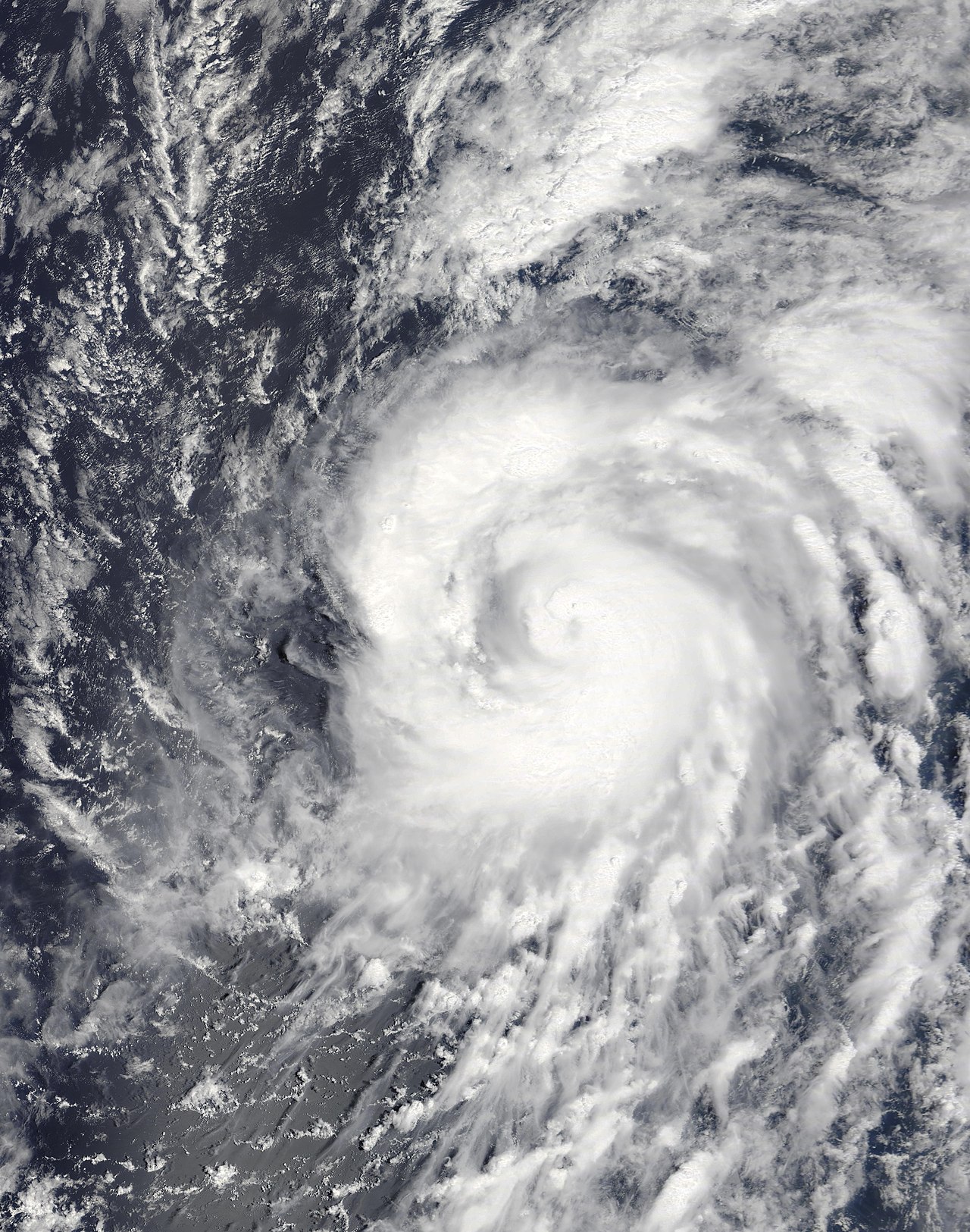Hurricane Humberto, originating as a tropical wave off the west coast of Africa during the 2013 hurricane season, developed into a significant Atlantic storm. This research article examines the formation, track, and impact of Hurricane Humberto 2013, focusing on its effects on Cape Verde and the Azores. The storm intensified into a hurricane and caused significant damage, including downed trees, flooding, and the loss of a freighter. This article also provides insights into the measures individuals and communities can take to protect themselves during future hurricane threats.
On September 7, 2013, a tropical wave emerged from the west coast of Africa, later giving rise to a low-pressure area. By September 8, a tropical depression formed approximately 225 miles (362 km) west-southwest of Dakar, Senegal. Progressing westward, the system strengthened into Tropical Storm Humberto on September 9, despite moderate wind shear, owing to favorable atmospheric conditions and warm ocean temperatures. The storm impacted Cape Verde, bringing squalls, strong winds, heavy rainfall, and subsequent flooding, which caused damage to infrastructure and homes.
Impact on Cape Verde: As Humberto passed south of Cape Verde, the southwestern islands experienced wind gusts exceeding 35 mph (56 km/h), resulting in the toppling of numerous trees. Additionally, heavy rains triggered significant flooding, leading to road washouts and damage to homes. The storm’s impact on Cape Verde was severe, disrupting daily life and necessitating extensive recovery efforts. Offshore, the freighter Rotterdam encountered treacherous conditions, and despite surviving 10-to-16-foot (3 to 5 m) swells, the vessel went missing with its crew of six. Eventually, the Rotterdam reached São Tomé and Príncipe, although its entry was initially denied by the country’s port institute and coast guard.
Intensification and Track: Humberto continued to strengthen and, on September 11, attained hurricane status while turning northward. Within six hours, it reached its peak intensity with sustained winds of 90 mph (140 km/h). However, by late September 12, increasing wind shear, cooling sea surface temperatures, and a more stable atmosphere led to the storm’s weakening. By September 14, Humberto had degenerated into a remnant low. Nevertheless, it underwent a process of regeneration, transitioning back into a tropical storm on September 15, approximately 1,095 miles (1,762 km) southwest of Ponta Delgada, Azores.
Impact on Azores: As Humberto approached the Azores, it encountered an approaching mid- to upper-level cyclone, causing the storm to slow down between September 16 and 17. During this time, the storm’s low-level circulation became vertically stacked under the non-tropical cyclone, resulting in its transition to a subtropical storm on September 17. Humberto eventually weakened to a subtropical depression before degenerating into an open trough, eventually being absorbed by a cold front.
Preparedness and Lessons Learned: To protect against future hurricanes, it is crucial for individuals and communities to take proactive measures. Some recommended actions include:
- Stay informed: Regularly monitor weather updates from reliable sources to stay informed about approaching storms.
- Develop an emergency plan: Create a comprehensive plan that includes evacuation routes, communication methods, and essential supplies.
- Secure property: Secure loose items, reinforce windows and doors, and clear gutters and drains to minimize potential damage.
- Build a disaster supply kit: Prepare a kit that includes essential items such as food, water, medications, and first aid supplies.
- Follow official instructions: Adhere to evacuation orders and guidance provided by local authorities.
Interesting Fact: As a direct result of Hurricane Humberto 2013, an interesting fact emerged regarding the importance of coastal monitoring systems. The incident involving the Rotterdam highlighted the significance of efficient tracking and communication systems for maritime vessels during severe weather events. This incident emphasized the need for improved coordination between maritime authorities and port institutes to ensure the safety of ships and their crews during hurricanes.
Conclusion: Hurricane Humberto, originating as a tropical wave, grew into a formidable storm with significant impacts on Cape Verde and the Azores. It caused damage through strong winds, heavy rainfall, and flooding. Learning from this event, it is essential for individuals and communities to prioritize preparedness measures and stay informed during future hurricane threats. Through improved coordination and resilient infrastructure, we can mitigate the potential damage caused by such storms and ensure the safety of affected regions.




Leave a Reply